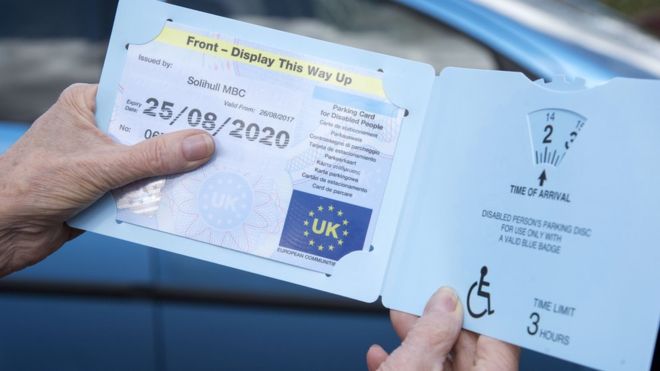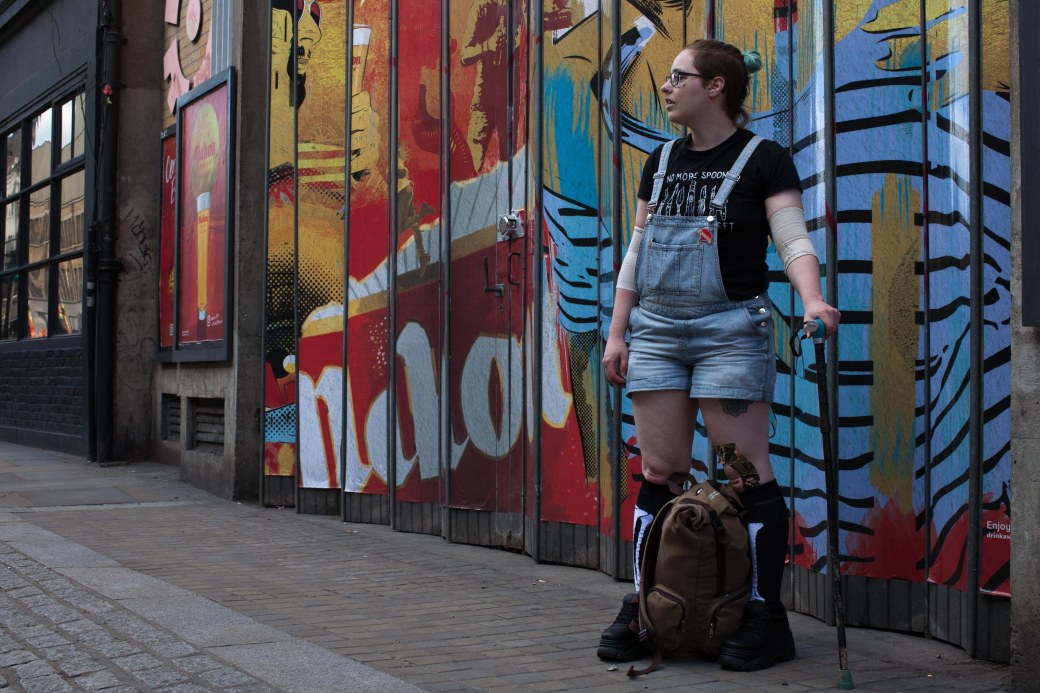There is a lot of misunderstanding and misconceptions about accessibility accommodations and those who need them. While there are a number of blog posts out there looking at the myths and prejudices that disabled people face, I thought we should take a look at those specifically about accessibility.

1 – Accessibility is only for those who are “registered” disabled.
There’s two parts to this. Firstly there’s the assumption that there is some sort of national registry of disabled people: there isn’t. In the UK government reports on disability take figures from those who are receiving disability related benefits such as ESA and PIP, as well as figures from self reporting surveys of people and doctors. Not all disabled people are in receipt of benefits so they don’t all appear on those government records and doctors aren’t required to note if somebody is disabled – they may note in a patient’s records that a person “is disabled by their symptoms” or similar, however due to confidentiality these notes are not part of any national register. Additionally accessibility and accommodations are for anybody who needs them – whether they or the state considers them to be disabled or not. There are some people who do not identify as disabled for personal reasons, or perhaps there’s is a temporary disability, yet who still need help accessing things due to their health or physical needs.
2 – Private businesses don’t need to think about accessibility.
Myth! Any business, company or organisation has a responsibility to make sure they are treating disabled people equally and without discrimination. Whether it is considering the needs of employees, visitors or customers there is a duty as laid out in the Equality Act 2010 to treat disabled people with dignity and respect. Keep in mind that a person may have a hidden or undisclosed disability too so you can’t always guess who might and might not need those accommodations. Of course if you are a one person business and work from home your considerations might be very different than that of a museum or other large business!
3 – A wheelchair ramp is all you need
Wheelchair ramps are just one method of improving your accessibility. If you have steps leading to your entrance or within the building, ramps or levelled access are hugely beneficial to those with mobility issues especially if they use mobility aids with wheels. But wheelchair users aren’t the only disabled people out there or who might want to use your facility. While it’s true you may not be able to cater for every need out there, especially as some may be conflicting, aiming for a broad range of accessibility increases your appeal to a broad range of people. Accessibility can be anything from good signage and clear communication, to seating and yes, includes level access.

4 – Accessibility is expensive and out of my reach
Just as there are numerous ways a person may be disabled there are a huge variety of ways that you can provide better accessibility and it need not be costly. While some options, such as installing a lift, may have a higher price tag there are many things you can do which cost very little. For example, ensuring that any signs or leaflets you produce have clear text is incredibly helpful to those with vision or cognitive impairments and costs no more than the original design costs. Adding extra seating is very beneficial to many disabled people and can be very budget friendly especially if you consider second hand options. Ramps can be hand built out of recycled or easily found materials (as long as you are conscious of design specifications). A good accessibility statement costs only your time and effort and can make a significant impact on accessibility. You may also be eligible for local council or charitable funding depending on your region and your business.

5 – There aren’t that many disabled people
In the UK there are around 13million disabled people, that’s 20% of the population. In the USA there are estimated to be at least 40million disabled people. Both of these figures don’t count people who may not use the term disabled for themselves which is often true of those with temporary disabilities (think, post surgery or broken bones), who are pregnant, people with chronic illnesses who experience difficulties due to their symptoms, and some elderly people.
You may think that you won’t encounter these disabled people in public or in your business but often that is down to one of two things: their disability is “invisible” to those who don’t know how to recognise it or the lack of accessibility as prevented them from interacting with your business. A lack of accommodations and disabled access provides a barrier to many disabled people restricting what they are able to do outside of their home. By working to improve accessibility we remove some of those barriers allowing disabled people to become more visible and an equal part of our society.
FACT – Improving accessibility is good for business
Improved accessibility isn’t just good for disabled people it has a positive impact on businesses and events as well. When we make our ventures more accessible we enable more people to participate and increase our appeal. If somebody can’t get in, they can’t take part. If they can’t communicate, they can’t make use of your services. As mentioned earlier around 20% of the UK population is considered to be disabled. When we recognise that and improve our accessibility we welcome those people into our businesses, venues, organisations and events. And it’s not just about clients, visitors and customers. It’s your employees and volunteers too – disabled people, like anybody else often have great things to contribute to a workplace and can be valuable staff or colleagues but we must give them the opportunity to apply on equal terms as non-disabled people. By limiting access, you limit the talent pool for recruitment. From customers to colleagues, good accessibility makes sense.

A very interesting topic, one that is not given very much thought by any of us, until we are placed in a situation where we are compelled to be a user. In my experience of being both of these, accessible toilets are now necessary in a building that is used by the general public. Consequently, no more than is necessary is provided, in order to comply with the local authority. Having such a facility available is one thing, but maintenance is another and one that often leaves a lot to be desired.
LikeLike
Yes, it’s not uncommon for places to include an accessible toilet but then not consider how it will actually be used by people and to forgo proper maintenance. You may be interested in the latest blog post “Spotlight on Accessible Toilets”
LikeLike